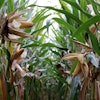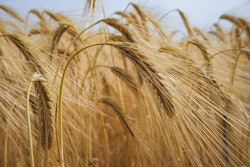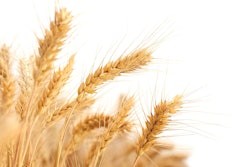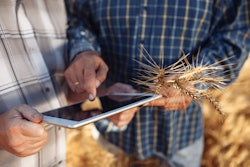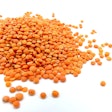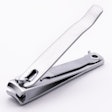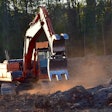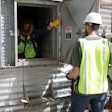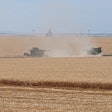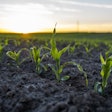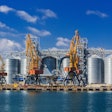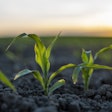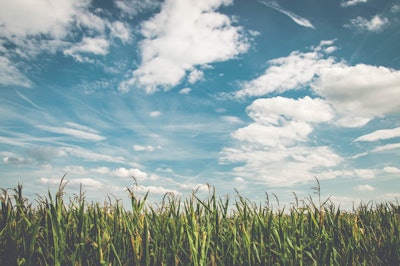
During aIowa Farm Bureaubriefing on the 2022 planting and growing season,Dennis Todey, director of USDA Midwest Climate Hub and ag climatologist, warned attendees that La Niña is going to stick around longer than initially thought.
As predicted, the U.S. did experience a La Niña winter, which brought with a cooler, dry winter with severe storm risks.
La Niña can haveboth positive and negative impactson agriculture. It creates more fluctuation in rain patterns which increases flooding in some areas and drought in others.
The main positive effect associated with La Niña is the increased likelihood of above-average rainfall, which is needed in the Midwest, said Todey.
On the other hand, excessive rainfall induced by La Niña, can also result in flooding of farming land and pastures.
Todey said most predictions were that the current La Niña would stay in the U.S. for the spring then fade by summer.
“It looks like La Niña, however, is going to stick with us possibly into next winter,” said Todey.
None of this is guaranteed, reminds Todey. He does see an increased chance of higher temperatures and drought in the Midwest region.
Todey has concern for the Plains and Southern Plains.
“That region is in drought already. A higher likelihood of being warmer, higher likelihood of being drier,” he says. “We're quite concerned about what's going to be happening in that area. And springtime is the time when they need more of that precipitation.”
干旱的风险减少明尼苏达州刺ough Missouri and including Iowa this season, however, that region is not completely out of the woods.
“There are computer models picking up on some heat and dryness potentially later in the season,” says Todey. “Am I saying that we have major risks this summer? Not yet. But I think we do need to keep an eye on this as the season progresses.
"Drought risk continues for the Plains and even parts of Iowa,” he continues. “La Niña is going to continue into summer and continue influencing yield outlooks.”
Yield outlooks
Todey says a La Niña year does not guarantee a bad year with regards to corn and soybean yields, but it also means not a ‘really good year.’
“When it comes to yields,” he says. “We’ll be near trend to below trend as a target.”
There are several impacts we might see this spring from La Niña:
- La Niñas normally raises crop prices and create more fluctuations in energy markets
- Spring freezes are more common during La Niña, especially in the Great Lakes region, thanks in large part to cooler Great Lakes temperatures and fluctuating jet stream patterns
- In general, more rainfall can be expected





